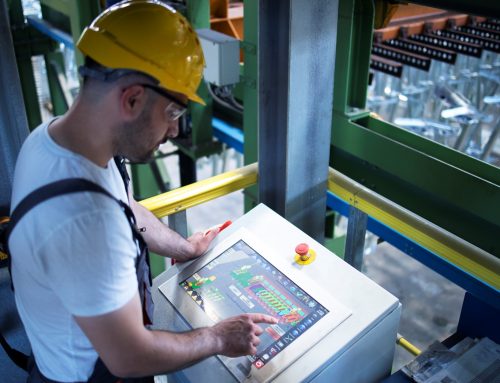Understanding the importance of employee’s training investment So, learn to specializing your team in asset management
The role of companies has undergone major changes over the years. Today, in addition to offering salaries and benefits, companies must promote an encouraging environment for their employees. Therefore, investing in training has become a common practice, as it is possible to develop each one’s skills, bringing many positive results for companies and accelerating it’s progress.
Training can expand and boost the performance of employees, making them more productive, creative and innovative. In addition, this practice can be used to teach procedures, internal rules and give instructions on safety standards, to avoid work accidents. In an increasingly changeable and competitive market, it is necessary to invest in smart, agile, enterprising and risk-taking people.
Benefits of investing in training
- Increased productivity;
- Improved quality levels;
- Retaining talent;
- Stimulate teamwork;
- Increased employee motivation;
- Improved professional engagement with the company;
- Promote a good organizational climate;
- Helps setting goals.
How to train professionals in assets management on Industry 4.0
Lately, technology plays a key role in asset management, having the potential to improve management in companies through various resources such as: the Internet of Things (IoT), Machine Learning, Virtual Reality (VR), Augmented Reality (AR). ) and Mixed (MR), taking decision-making to a higher level.
Although these resources are revolutionary, if the team is not able to handle them, it will not be possible to use and exploit them to the fullest. Finding professionals who are qualified to work in this new technological era is still difficult, therefore, digital transformation in companies cannot be limited to the adoption of updated software and hardware. It is necessary to update the team as well.
Maintaining assets that requires the use of sensors and systems means that you can count on the integration of data that can be accessed on a single platform, allowing the manager to have an overview of the operation. For this reason, it’s necessary to think about training that meets the real needs of the team. Only then the implemented technology can be used and be beneficial in its entirety.






Leave A Comment